Radical Competence – Leadership Lessons from Captain Hanks
Prefer to watch rather than read? Click here to watch the video, 5 mins, with captions.
(Previous videos here BTW)
This week I break down a scene from Tom Hank’s new film Greyhound, which he wrote from the book The Good Shepherd by C.S. Forester. To get the full effect, it’s really best to watch the video.
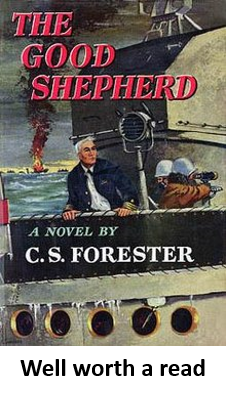
What you’ll see is an example of a small, agile organisation responding to the conditions at hand. The organisation is made up of two Allied navy ships, and the conditions are attacking a German U-Boat that is threatening the convoy they are escorting across to Europe in World War II. Here’s what we learn:
Communication
We immediately see communication to three different areas in rapid succession – the other ship, the Combat department (sonar room and maps), and within the Pilothouse. This causes the areas to become integrated, enabling the two ships to respond as a unit to the conditions at hand.
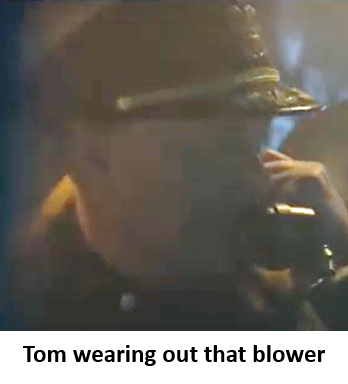
In your world of work, things are not moving this quickly, so it’s easy for communication to fall off the agenda or become stilted. The remedy is to ensure effective, fast communication that provides what’s needed when it’s needed.
How do you do this? Ask! No need for laborious surveys and the like. Just ask “what information do you need to do your job better” and together come up with ways to do this better.
Authority
The next example we see is Lopez, who is in charge of weapons on the ship. There is a short conversation between Captain Krause (Tom Hanks) and Lopez on how many depth charges to use. This is a classic manager-employee conversation. Lopez makes his suggestion, Captain Krause agrees, life goes on. Two adults at work.
Immediately after, the lookout calls out a sighting, and we hear Lopez ordering fire. Not Captain Krause. This is the manager of the department using their authority to execute the plans of the organisation. No seeking approval of the Captain required, resulting in a rapid respond to the conditions.
Note – this rapid response didn’t occur due to a maverick action (or due to doing a course on ‘innovation’ or ‘agile’). It was the deliberate setting up of clear authority that enabled such a quick move. Clarity of authority = agility.
Situational Awareness
Throughout the engagement, we see Tom Hanks as Captain Krause, sans volleyball, moving about both within and outside the Pilothouse with binoculars, and in constant communication with the other ship. As the person accountable for survival and success of the organisation, he is maintaining situational awareness of what they are always facing.
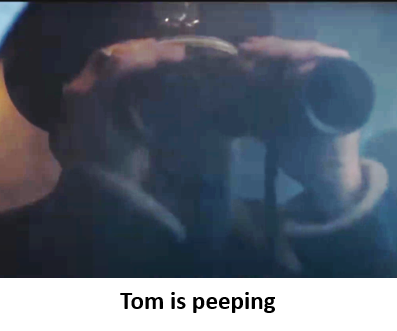
This is a pre-requisite for effective leadership. Under less fast-moving environments, that awareness does not need to be as constant, but the lesson is that person who is ultimately accountable needs to know what is going on, and the best way to do this is to actually observe.
You can’t run a battle receiving reports in your cabin.
When the battle is not on, the Captain can retire to their cabin, but when the key decisions around success and survival are necessary, the actual environment needs to be observed. Information received supplements these observations. Not replaces.
Alongside this we note that at no time does Captain Krause actually touch the helm. He doesn’t load depth charges, he doesn’t look at the sonar. He is aware, he’s communicating, he’s making decisions and he is ensuring they are happening. To do all of this requires him to have, and to be surrounded by….
Competence
And for all of this to work, we are relying on competence. Not brilliance. Not genius. Competence.
We see the Messenger in the Pilothouse shout “TORPEDO”. Seems like relevant information, but for the first time, we see Captain Krause turn and immediately address the Messenger with “Your training son; bearing, range”.
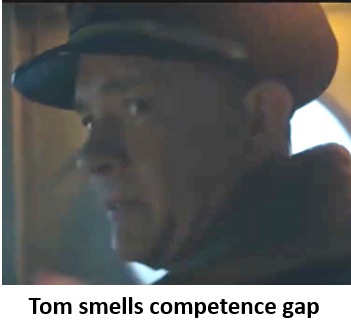
This scene was in the book, where C.S. Forester takes us into the mind of Captain Krause. He made a deliberate decision to remind the sailor of his role by saying “your training” as people doing their jobs was crucial to the ship’s survival.
The two things we gain here are:
- The necessity of people actually being trained to do their jobs. We see this missing a lot in managerial roles – ask yourself whether you would get onto an aircraft if pilots were trained as haphazardly as managers (hint: it requires more than a Myers-Briggs and being able to express your ‘values’).
- The necessity to expect and reinforce what is required of roles. Jobs are there because they are needed, and if they can’t be done…we are wasting money. And in the case of Greyhound – if we don’t know where the torpedo is coming from and how far away it is – we lose a lot more than money.
Train your people and reinforce it.
The result
The above four points are necessary but not sufficient in creating an organisation that can rapidly respond to it’s environment. That is, dare I say it…agile! They aren’t the only things, but they are necessary.
The interesting part is that this is occurring in a literal military environment.
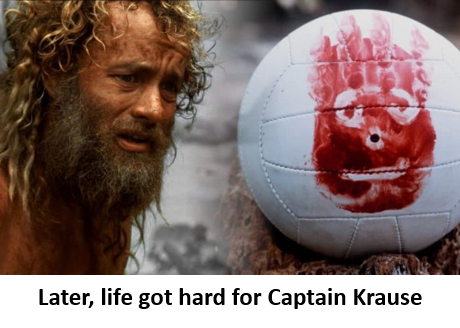
Captain Krause can do his job of ensuring the success and survival of the organisation because everyone else can do theirs. Then by communicating well, providing authority and ensuring situational awareness…they might just make it through.
I’ll let you watch the movie to see if they do.
